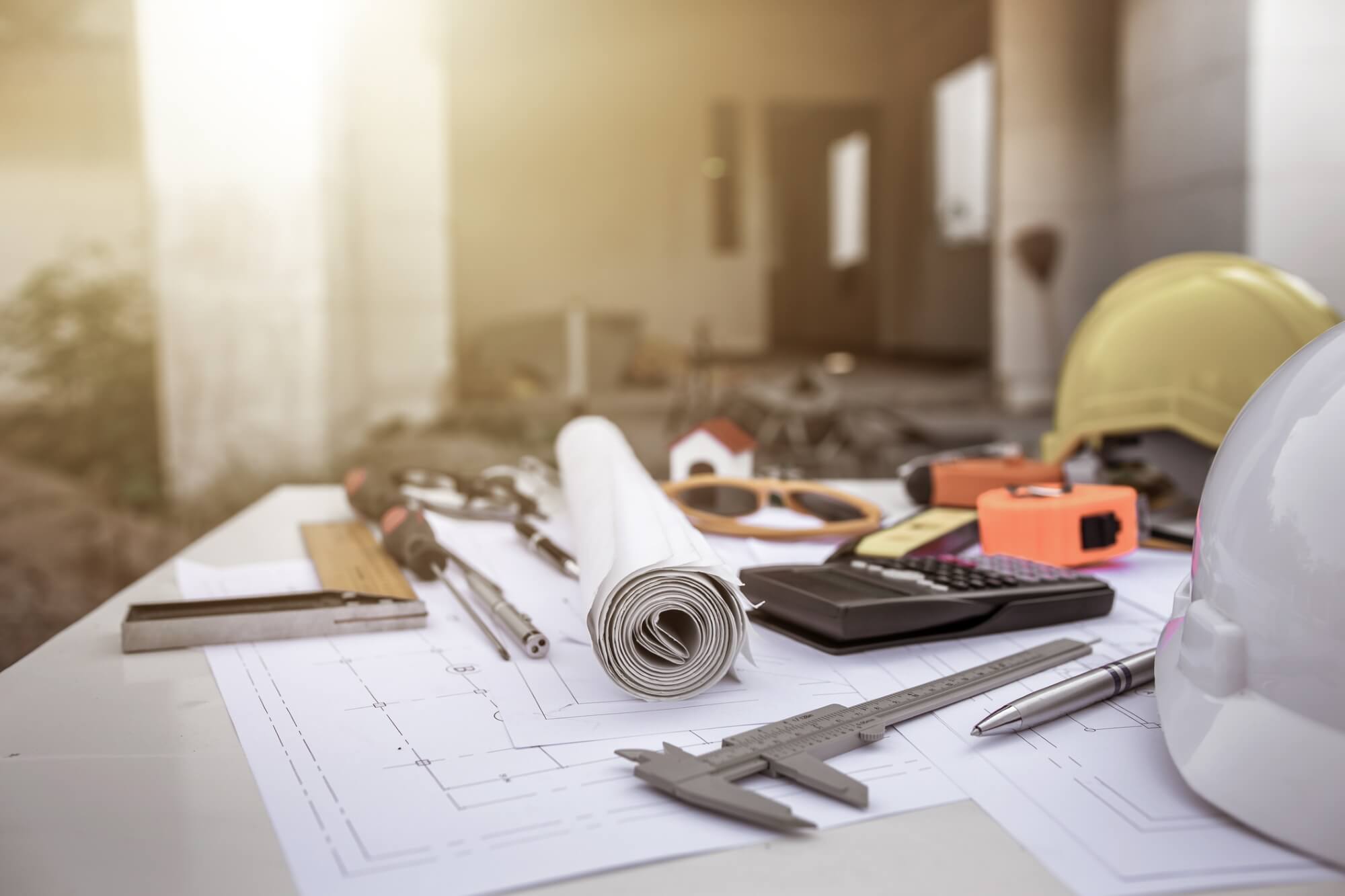Building a new structure or undertaking major renovations on an existing property requires careful planning and adherence to local regulations. One crucial aspect of this process is obtaining a building permit.
This document is not just a formality. It ensures that construction work complies with safety standards, zoning laws, and other regulations designed to protect the community and the environment.
What Is a Building Permit?
A building permit is an official document issued by a local government agency, allowing the holder to proceed with construction or renovation work. This permit verifies that the proposed work meets all applicable building codes, zoning laws, and safety regulations. Without a building permit, any construction project can be halted, and penalties may be imposed.
Why Are Building Permits Necessary?
- Safety Assurance: Building permits ensure that construction meets safety standards. This includes structural integrity, fire safety, electrical systems, plumbing, and more.
- Legal Compliance: Building permits ensure that construction projects comply with local zoning laws and land use regulations. These laws govern aspects such as property boundaries, land use, and building height restrictions. For example, residential areas may have restrictions on building heights or the type of structures allowed.
- Protecting Property Value: Properties with proper permits are often more valuable and easier to sell. Buyers are more confident in the stability and legality of the property, reducing potential legal complications or future expenses related to non-compliance.
- Environmental Protection: Permits help ensure that construction projects comply with environmental regulations. This includes managing waste, erosion control, and minimizing the impact on local wildlife.
How to Obtain a Building Permit
- Research Local Requirements: Building codes and permit requirements vary by location. Check with your local building department or municipality to understand the specific requirements.
- Prepare Your Documents: Typical documents required include detailed plans of the proposed work, site plans, engineering reports, and proof of ownership. Ensuring these documents are accurate and complete is crucial to avoid delays. For instance, structural plans must be signed by a licensed contractor or engineer, while plumbing plans may need approval from a certified plumber.
- Submit Your Application: Once you have all the necessary documents, submit your application to the local building department. This process may involve filling out forms, paying fees, and undergoing a review by building officials. The review process takes a few days to several weeks, depending on the complexity of the project.
- Inspection Process: After receiving your permit, you must schedule inspections at various stages of construction. These inspections ensure that the work complies with the approved plans and building codes. Common inspections include foundation, framing, electrical, plumbing, and final inspection. Failing inspections can lead to costly corrections and delays.
- Receive Your Certificate of Occupancy: Once construction is complete and all inspections are passed, the local building department issues a Certificate of Occupancy (CO). This document certifies that the building is safe and meets all code requirements, allowing you to occupy or use the space.
Common Challenges and How to Overcome Them
- Delays in Approval: One common challenge is delays in obtaining permit approval. To mitigate this, ensure all documentation is complete and accurate before submission. Consulting with a professional or using a permit expediting service can also help speed up the process.
- Compliance Issues: Sometimes, projects may not comply with local codes. In such cases, consulting with a building inspector or a qualified architect can help identify and rectify issues early, avoiding costly rework.
- Cost Overruns: The cost of permits and inspections can add up. Budgeting for these expenses in your overall project plan is essential. Additionally, consider the long-term savings of complying with regulations, such as avoiding fines and ensuring the longevity and safety of your structure.
Building Permits For Construction
For example, when installing a paver patio, it’s important to check if a building permit is required. While some minor installations might not need a permit, more extensive projects involving significant alterations to the landscape, drainage systems, or structural changes will likely require one. Ensuring compliance with local regulations will help avoid potential issues down the line and ensure that your new patio is safe and durable.
For homeowners in Jacksonville, Coastal Patio Pavers is a renowned expert in the field. They have extensive experience in installing paver patios, ensuring compliance with all relevant regulations. Contact professionals like them to streamline the permit application process and ensure that your project adheres to all necessary codes and standards.
Conclusion
Obtaining a building permit is a fundamental step in any construction or renovation project. It ensures that your project meets safety standards, complies with local regulations, and contributes to the community’s well-being. While the process may seem daunting, understanding its importance and following the proper steps can lead to a smoother, more successful project. Whether you are a homeowner embarking on a new build or a contractor managing a renovation, ensuring you have the proper permits in place is key to achieving your construction goals without legal or safety issues.
For more information, consider consulting local building codes or speaking with a professional to guide you through the permitting process. With the right approach, your construction project can proceed with confidence and compliance.
